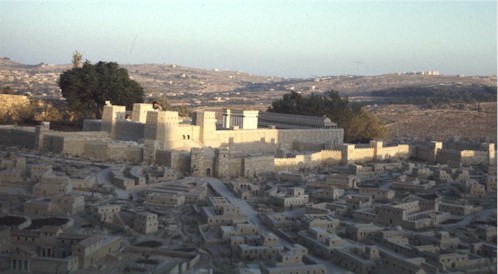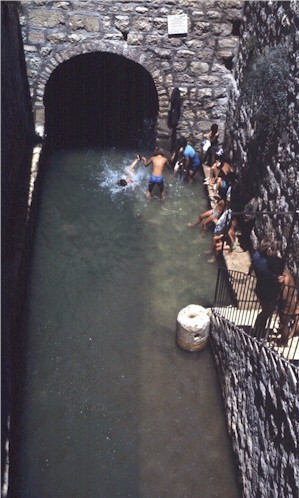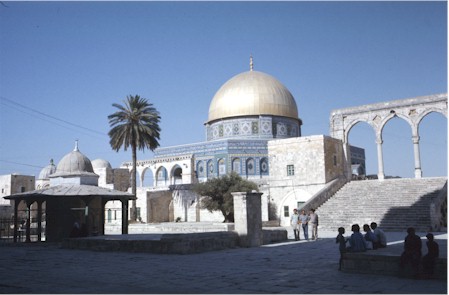

|
outdoor scale model of
Herodian Jerusalem |
![]()
|

|
eastern face of inner courts
& shrine of Herod's temple |
|


|
(left) view of Herodian Jerusalem
from lower city up the Tyropean valley |
|

|
temple mount with Islamic
shrine Dome of the Rock built |

|
western wall of Herod's platform encasing temple mount |

|
orthodox Jew praying at western wall |
|
![]()
![]()
![]() Perspective on the
World of Jesus
Perspective on the
World of Jesus ![]()
Copyright © 1999-2023
by
Mahlon H. Smith
All rights reserved.
an American Theological
Library Association Selected Religion Website
OCLC catalog no.: 62046512